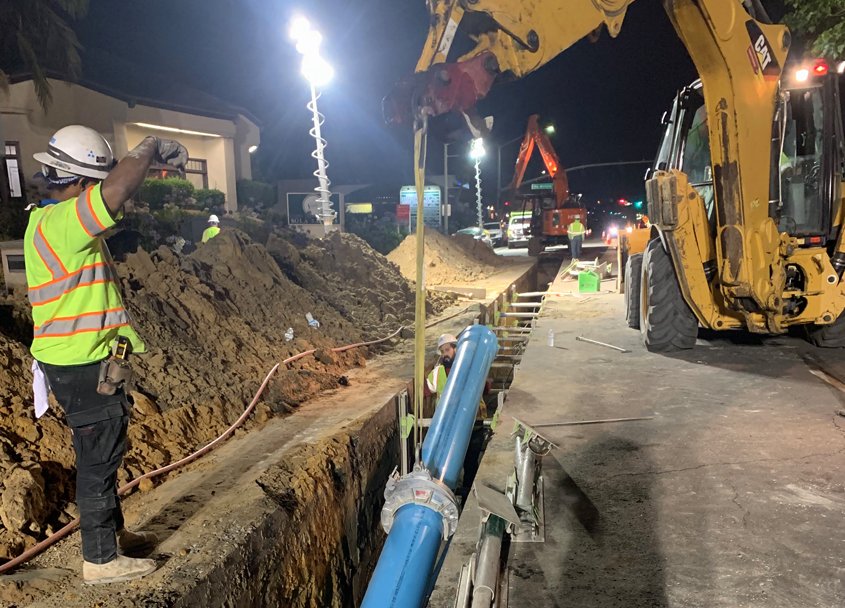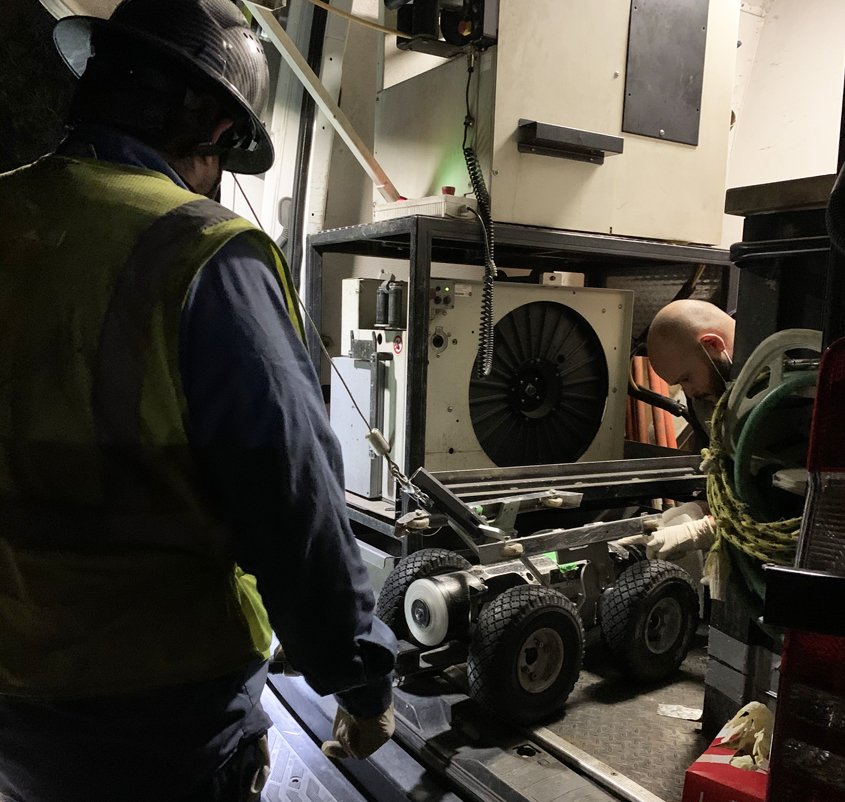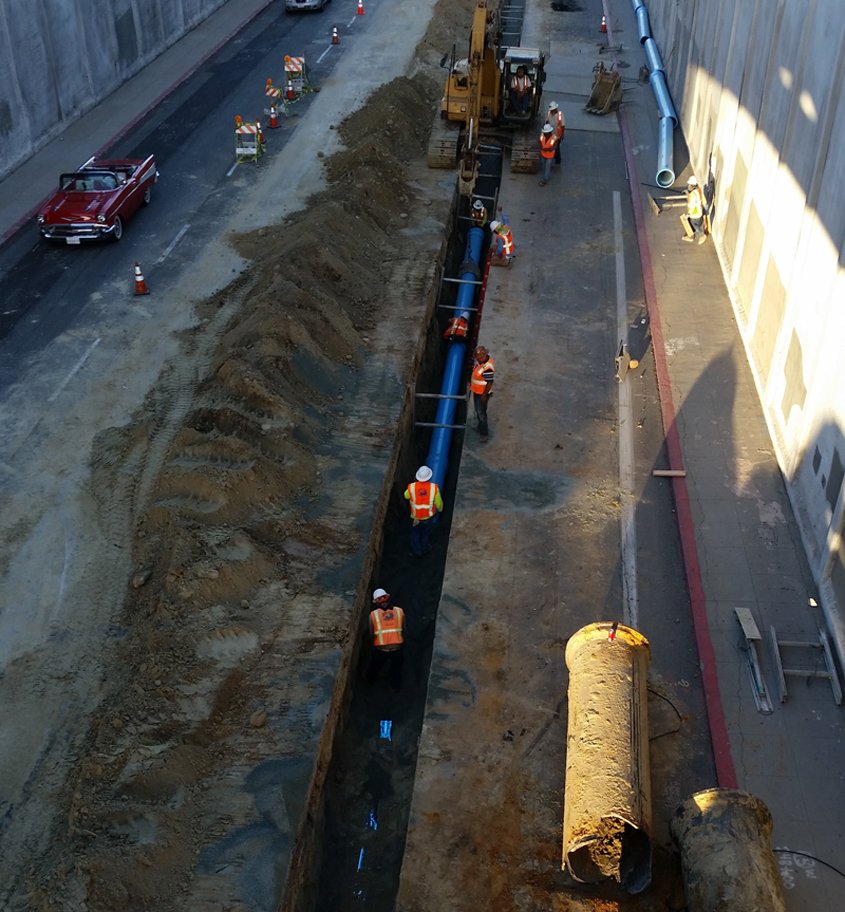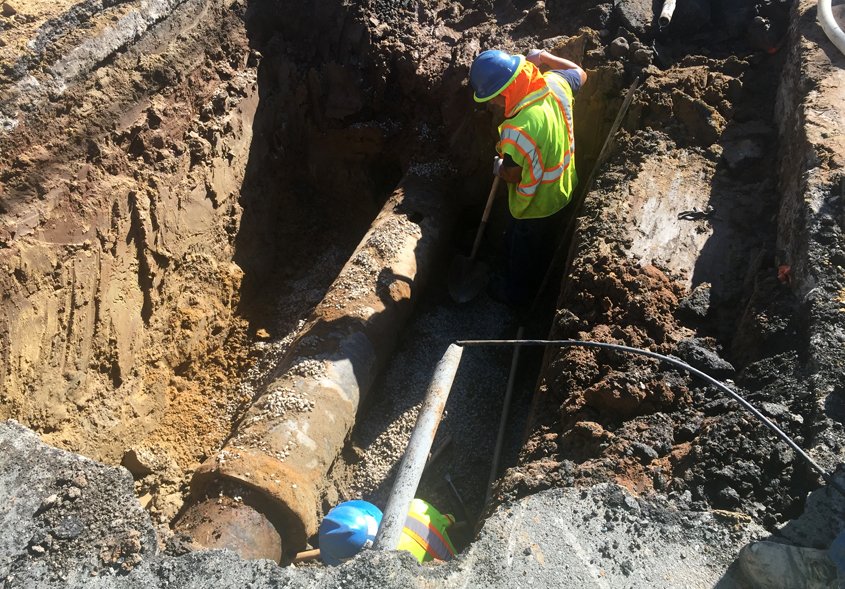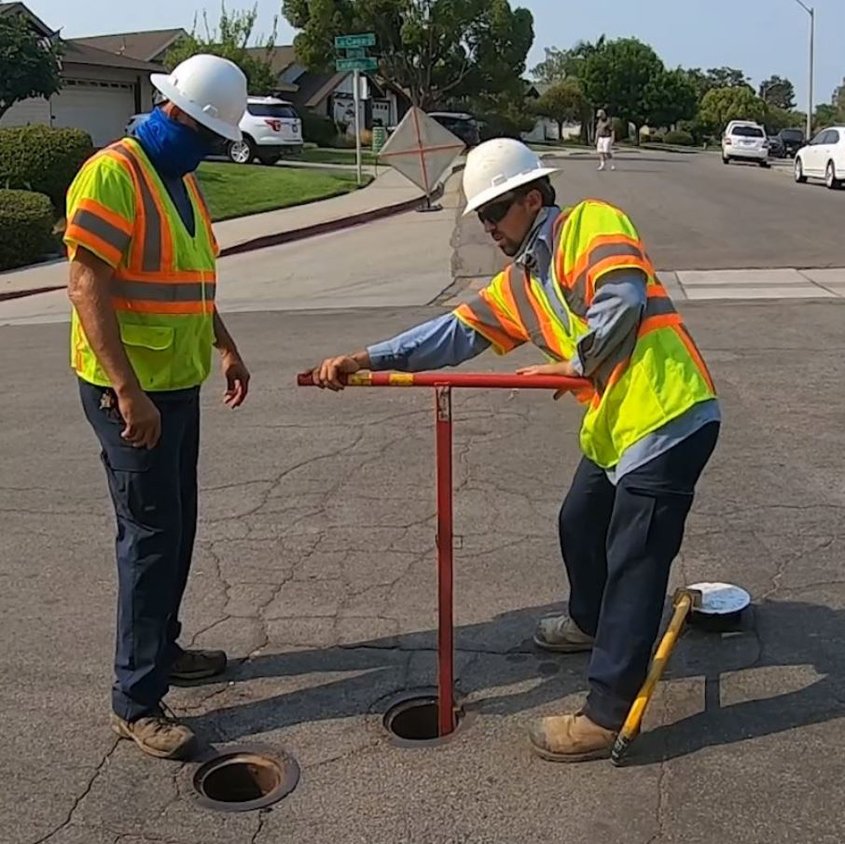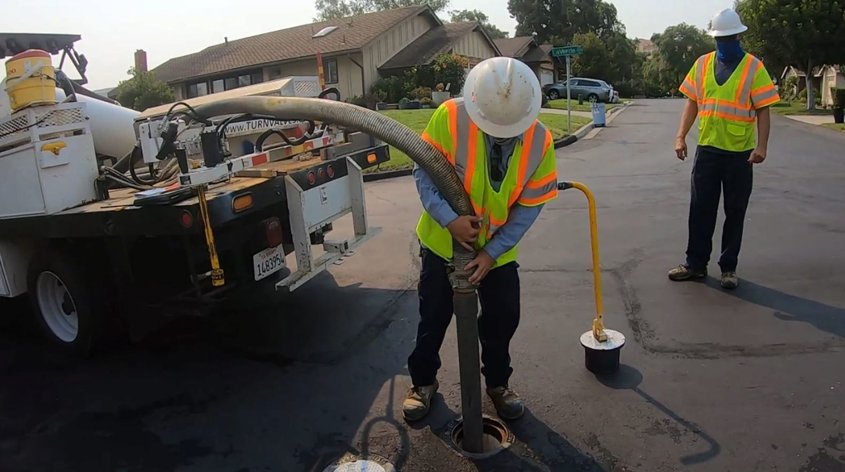One of the largest water valves key to Helix Water District operations was recently replaced. The massive five-ton, five-foot diameter valve is one of the largest in the district’s operation.
This valve isolates a section of pipe allowing water from Lake Jennings to flow into the R.M. Levy Water Treatment Plant. This replacement addresses two needs: First, it replaces an aging valve, and second, it allows Helix Water District to make cost-effective improvements on a 62-year-old supply line feeding the water treatment plant.
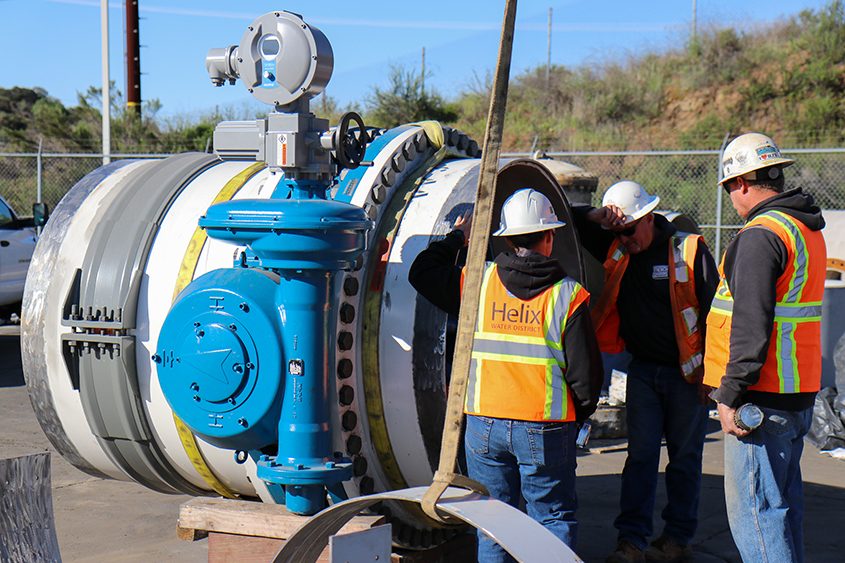
Helix Water District crews prepare the five-ton replacement valve for installation. Photo: Helix Water District
Infrastructure Updates Preparing for East County Advanced Water Purification Program
The valve replacement is among the major improvements underway that will help move, treat, and deliver new water from the East County Advanced Water Purification Program. The program will come online for East County in 2026.
The East County AWP program creates a new, local, and drought-proof water supply using state-of-the-art technology. It will purify recycled water, producing up to 30% of East County’s drinking water.
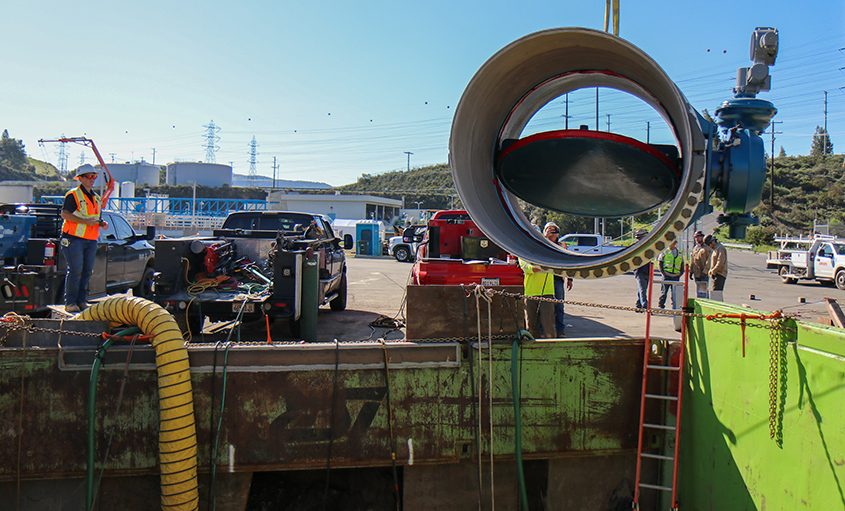
All work on installing the replacement valve in its new location took place in one day. Photo: Helix Water District
The large valve isolates a section of the Lake Jennings pipeline, which moves water out of Lake Jennings and to the inlet of the Levy treatment plant. Since the new East County AWP water will flow through this pipeline 24 hours a day every day for the next 30 years, it is vital for the Helix Water District to inspect and make any necessary repairs to ensure the pipeline is in excellent condition before the new water source comes online. The old valve had exceeded its useful life.
Replacing the large valve also allowed the Helix WD to relocate the new valve, improving access for inspections and maintenance. The previous valve was located over 400 feet from where the water enters our treatment plant and upstream of our other supply pipeline, leaving this section of the pipeline filled with water.
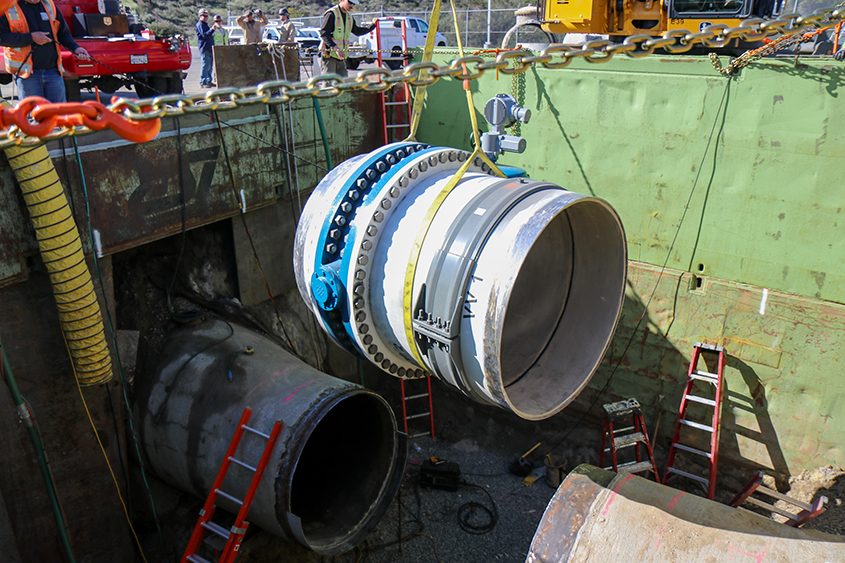
The new water valve has an expected operation life of 50 years. Photo: Helix Water District
Before relocating the new valve, Helix maintenance teams could only access this section of pipe during a treatment plant shutdown. While working on the old valve, the district needed to purchase more expensive imported water to serve its customers while the plant was shut down and unable to produce its regular supply.
With the new valve in place, fewer shutdowns will occur and prevent the need for purchasing supplemental imported water while performing maintenance and repairs. Relocating this valve and keeping the plant running was the best option for long-term operations and cost savings.
Water Valve Installation Complete In One Day
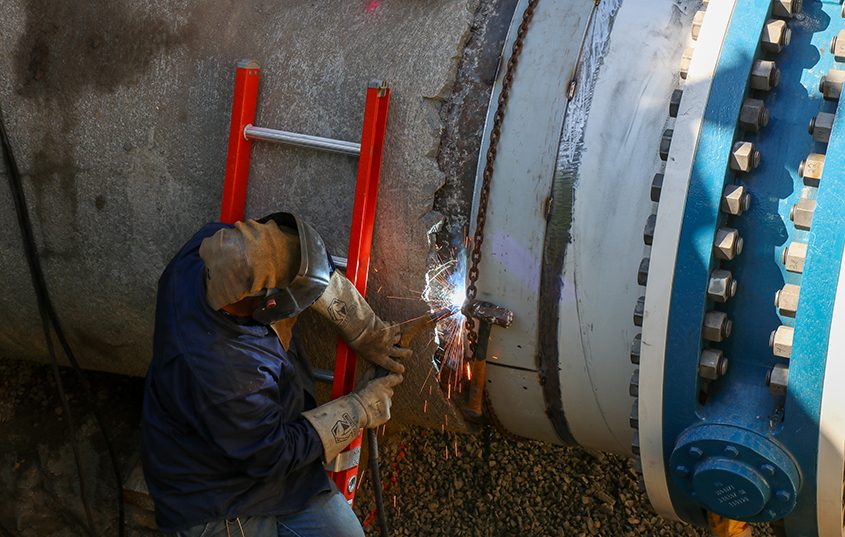
Maintenance professionals secure the new valve into place. Photo: Helix Water District
Construction started early in the morning by cutting out an existing pipe section near the treatment plant’s headworks. The new valve was lowered into position, aligned, welded together, and up and running within 14 hours. The valve is so large it takes more than 400 rotations to close it. The new value is expected to have a useful life of 50 years.
Current work to accommodate the East County AWP project is still in progress. It involves creating new access ways, removing the old valve, constructing a new vault, and preparing the Lake Jennings pipeline for inspection.
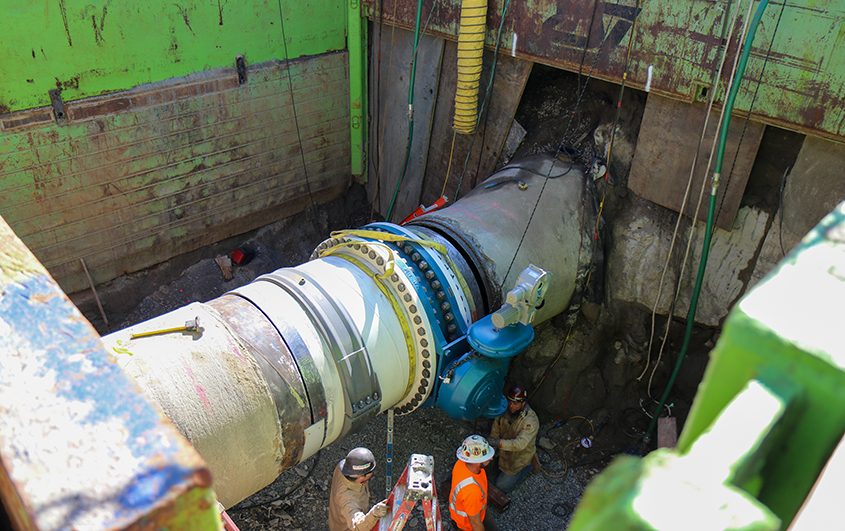
Proactive projects like the valve replacement reduce risk, give staff flexibility and redundancy, and prepare the Helix Water District for more efficient operations. Photo: Helix Water District
Once completed, the district will have longer-lasting infrastructure that can meet the demands of our region and future water supplies. Proactive projects like the valve replacement reduce risk, give staff flexibility and redundancy, and prepare the Helix Water District for more efficient operations.
To learn more about East County AWP, please visit https://eastcountyawp.com/


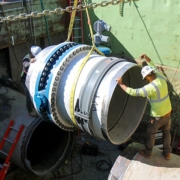





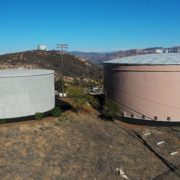
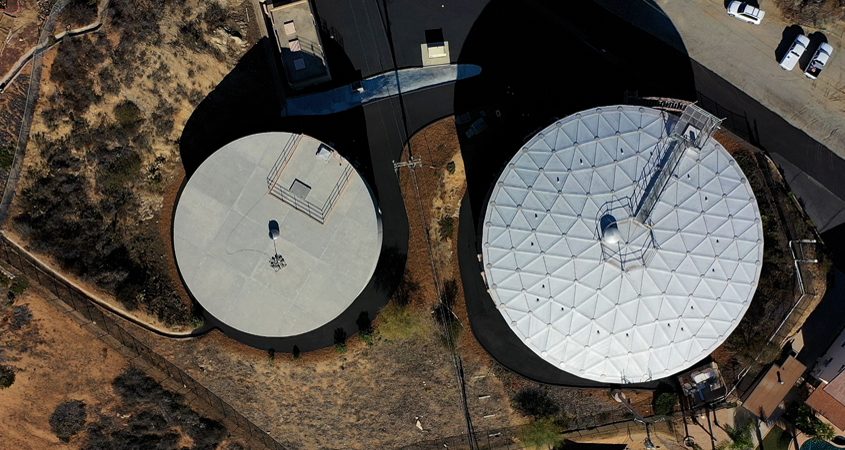
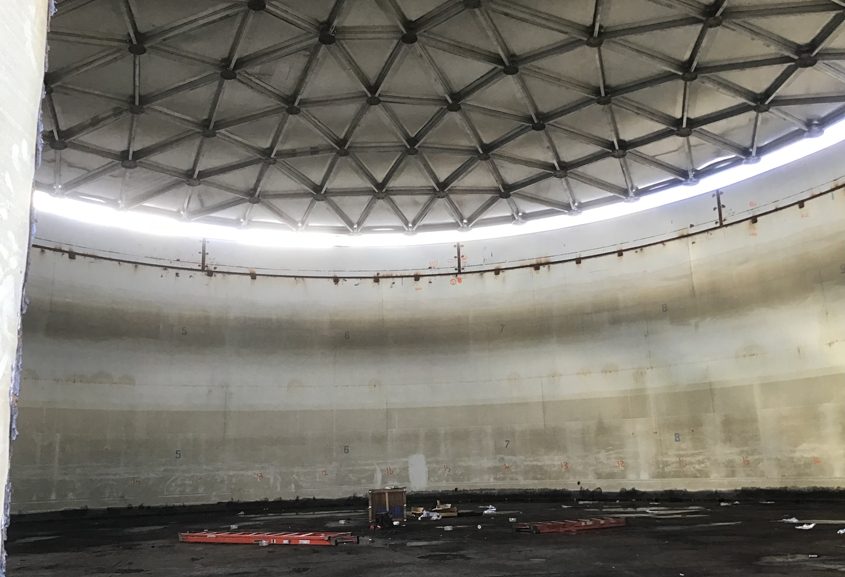
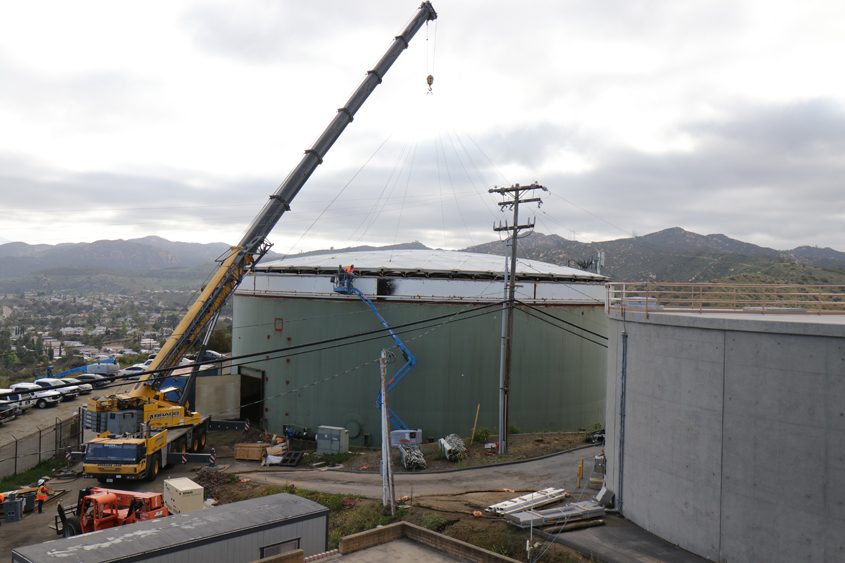

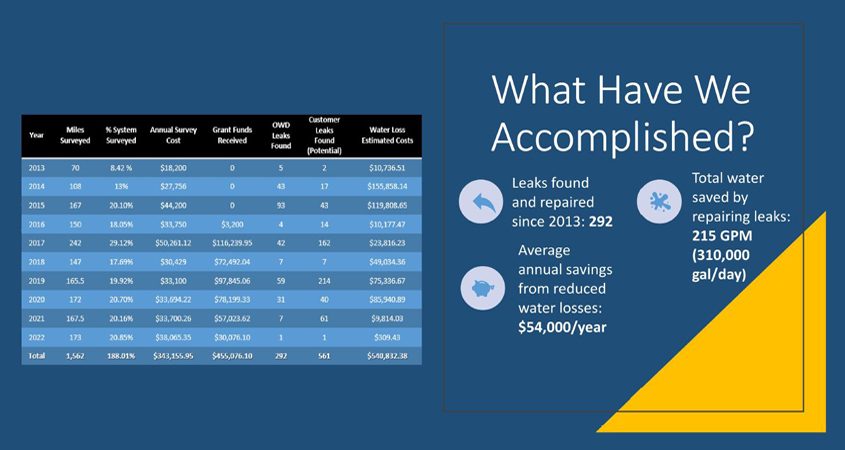
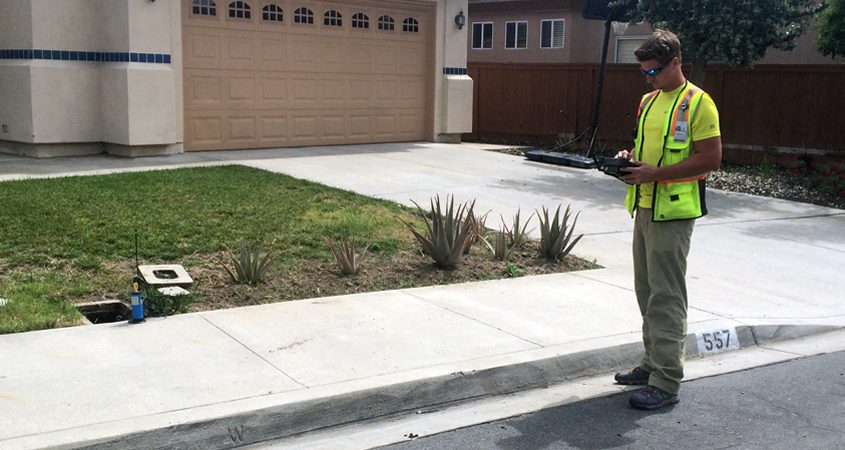
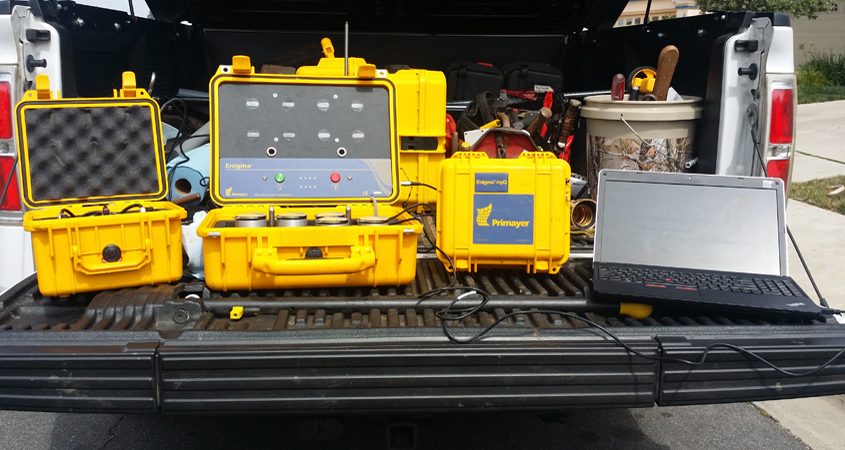
 Sweetwater Authority Logo 2019
Sweetwater Authority Logo 2019
